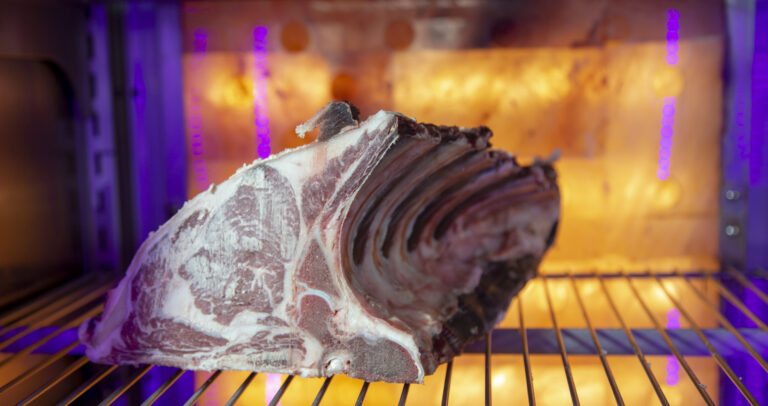5 Differences Between Pepperoni vs Salami to Enhance Your Meals
Pepperoni and salami offer unique flavors and compositions, with pepperoni being a spicy American classic and salami a traditional Italian favorite, each with distinct histories and ingredients.

Exploring the rich tapestry of spicy and savory cured meats brings us to two giants in the culinary world: pepperoni and salami. These meats are celebrated for their distinct flavors and versatility, making pepperoni a go-to topping for pizza enthusiasts and salami a cornerstone of a delectable Italian sub.
Despite their shared popularity, pepperoni and salami offer unique tastes and compositions that can transform a meal. As both are more concentrated sources of flavor compared to whole cuts of meat, understanding their differences is key to culinary mastery.
Let’s delve deeper into the world of pepperoni and salami to unveil which might best suit your next culinary adventure.
Disclosure: As an Amazon Associate, this site earns from qualifying purchases. Thank you!
Pepperoni vs. Salami: A Culinary Showdown

Both pepperoni and salami grace our tables with their presence, each bringing its own unique flavor profile despite a seemingly similar appearance.
Rooted in Southern Europe, these cured sausages diverge significantly beyond their shared heritage.
Let’s start with a brief historical overview of these culinary staples.
Salami: The Time-Honored Tradition

Originating from the Italian “Salame’,” meaning “salted meat,” salami is a testament to the ingenuity of Southern European peasants. Its ability to remain edible for up to 40 days made it invaluable, especially in resource-scarce settings. Beyond Italy, nations like Germany, France, and Spain have each developed their unique takes on salami, enriching the diversity of flavors available to us.
Despite the vast array of salami types, the traditional Italian salami, known for its marbled texture and rich taste, remains a favorite among many.
Meet the Meats
The quintessential Italian salami, available at most grocery stores or local butchers, combines beef and pork in a harmony of flavors, occasionally venturing into poultry or even game meats for those seeking culinary innovation.
Ingredients and Process
Salami’s rich taste comes from a blend of vinegar, salt, white pepper, and herbs, meticulously cured through fermentation and air-drying.
Nutrition Insights
While salami is more calorie-dense, making it a staple in the diets of ancient laborers, modern consumers often look for balance, given today’s more sedentary lifestyles. Yet, for athletes, salami’s protein and fat content can be a valuable energy source.
Pepperoni: The American Classic

Though often associated with Italian cuisine, pepperoni is an American innovation, conceived in the early 20th century. It owes its rise to popularity to returning WWII soldiers craving the Italian pizzas they had abroad, catapulting pepperoni to become a beloved pizza topping across the nation.
Pepperoni’s vibrant red color and spicy kick distinguish it from its salami cousins, a result of its unique blend of chilis and spices. Despite these differences, both pepperoni and salami share foundational ingredients, including beef, pork, and a mix of seasonings that contribute to their rich flavors.
Now, adorning nearly 40% of American pizzas, pepperoni’s popularity is undeniable, making it a staple in the American culinary landscape.
Understanding the Differences
While both belonging to the salami family, pepperoni and traditional salami are distinctly different, offering unique contributions to dishes worldwide. Whether you prefer the spicy kick of pepperoni on your pizza or the rich, complex flavors of salami in your sandwich, both meats hold a cherished place in culinary traditions.
Choosing Between Pepperoni and Salami
Deciding between pepperoni and salami comes down to personal preference and the culinary experience you’re aiming to create. While you can substitute salami for pepperoni on pizza, expect a shift in flavor profile, offering a new twist on a classic dish.






